Pevensey Castle, East Sussex: The Roman castle that was still being used in World War II
When William the Conqueror landed at Pevensey, he moved in to the nearby castle — one which had already stood for the best part of a thousand years.

When William the Conqueror jumped ashore — immediately stumbling, according to legend — onto the shingles of Pevensey Bay, he must have been grateful for the husk of a castle overlooking the beach.
It was already an ancient ruin in 1066, at least in terms of the fortifications. It had been built about 775 years earlier, at the end of the 3rd century, part of a settlement that the Romans called Anderitum (or Anderida).
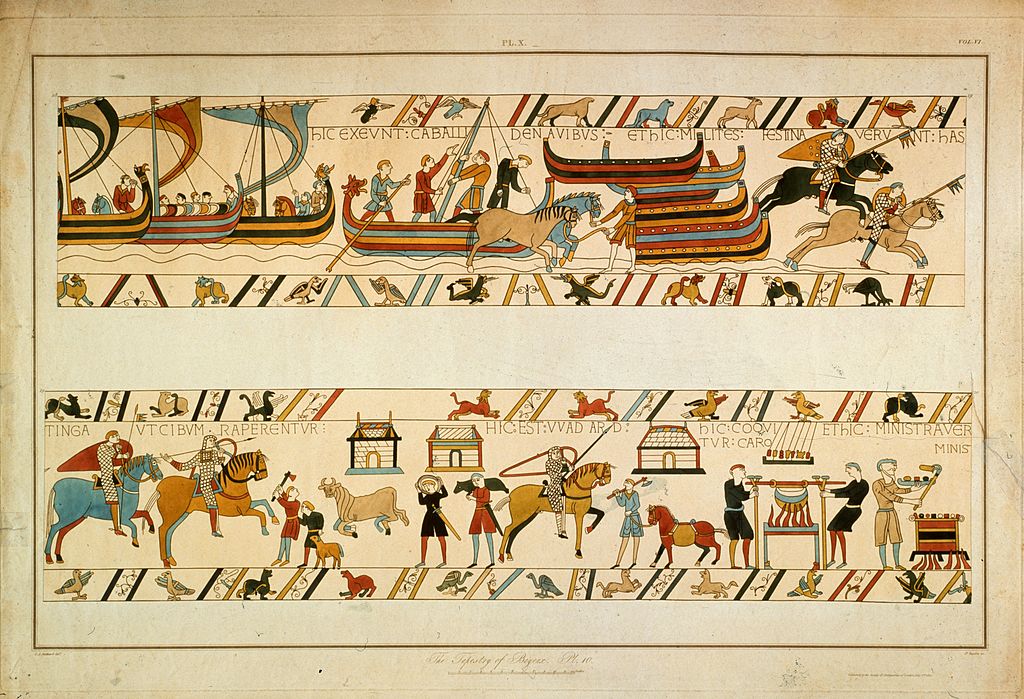
This magnificent fort is evidence, not of the Roman Empire’s strength at this time, but of its tendency to fragment. For a few years, Britain slipped out of the empire altogether, when Carausius — responsible for commanding the Channel fleet under Diocletian, but accused of malpractice — declared himself Emperor of Britain and parts of Gaul. He was assassinated by one of his entourage, Allectus (afterwards, it took an invasion for Rome to rid itself of the killer), and the Romans took control again, establishing Pevensey as one of the chain of nine forts that were built or rebuilt along the south coast, known as the Saxon Shore, presumably to keep out Saxon invaders.
By the time the Normans landed, the castle had been used, besieged, abandoned and reoccupied in the Anglo-Saxon period, with the village of Pevensey growing up within the ancient walls. Today the settlement is entirely outside those walls.
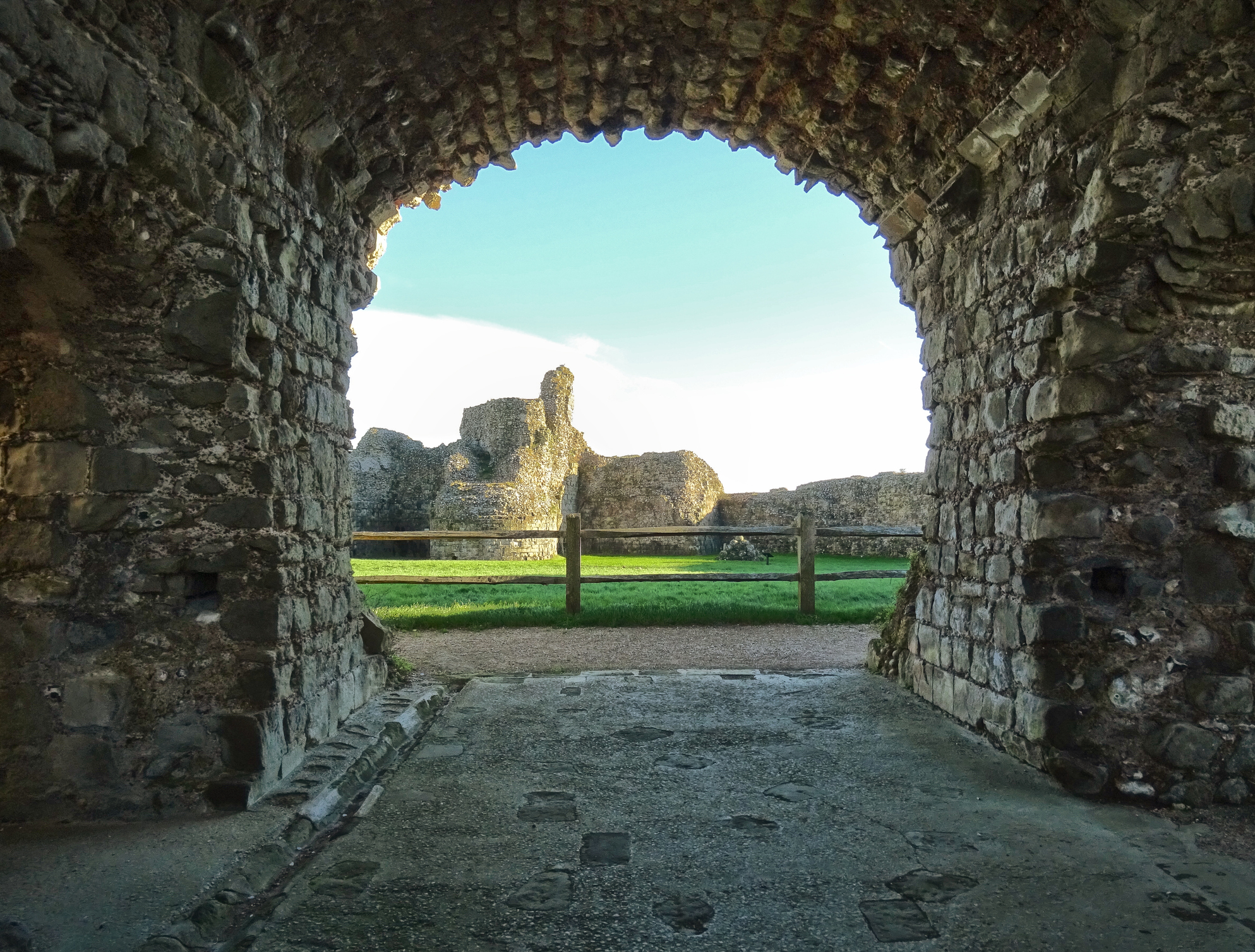
What was never diminished over the years was the fine strategic position that castle offered, and the Normans turned Pevensey back into a powerful fortification that, even today, is an impressive structure. With walls 30ft high in places embracing a site that is the size of a village, it has played a role even in more recent times: it was garrisoned in May 1940, with concealed machine gun emplacements built into the ancient walls, and was used by British, Canadian and later US troops until 1944.
How to visit Pevensey Castle
Pevensey Castle is on the edge of the village of Pevensey, a couple of miles from Eastbourne in East Sussex. It's run by English Heritage, with tickets around £7 and family tickets just over £20. Battle Abbey — the site of the Battle of Hastings — is 10 miles away to the north-east.
Additional writing by Toby Keel
Exquisite houses, the beauty of Nature, and how to get the most from your life, straight to your inbox.

Stonehenge, Wilthsire: 'One of the wonders not only of this country, but of the world'
Our Grand Tour of Britain alights at what is arguably the world's most famous prehistoric site: Stonehenge, in Wiltshire.

Skara Brae: The prehistoric village on Orkney that's older than Great Pyramid of Giza
The best-preserved Neolithic settlement in Europe isn't in a French cave or an Italian hillside; it's Skara Brae on Orkney,
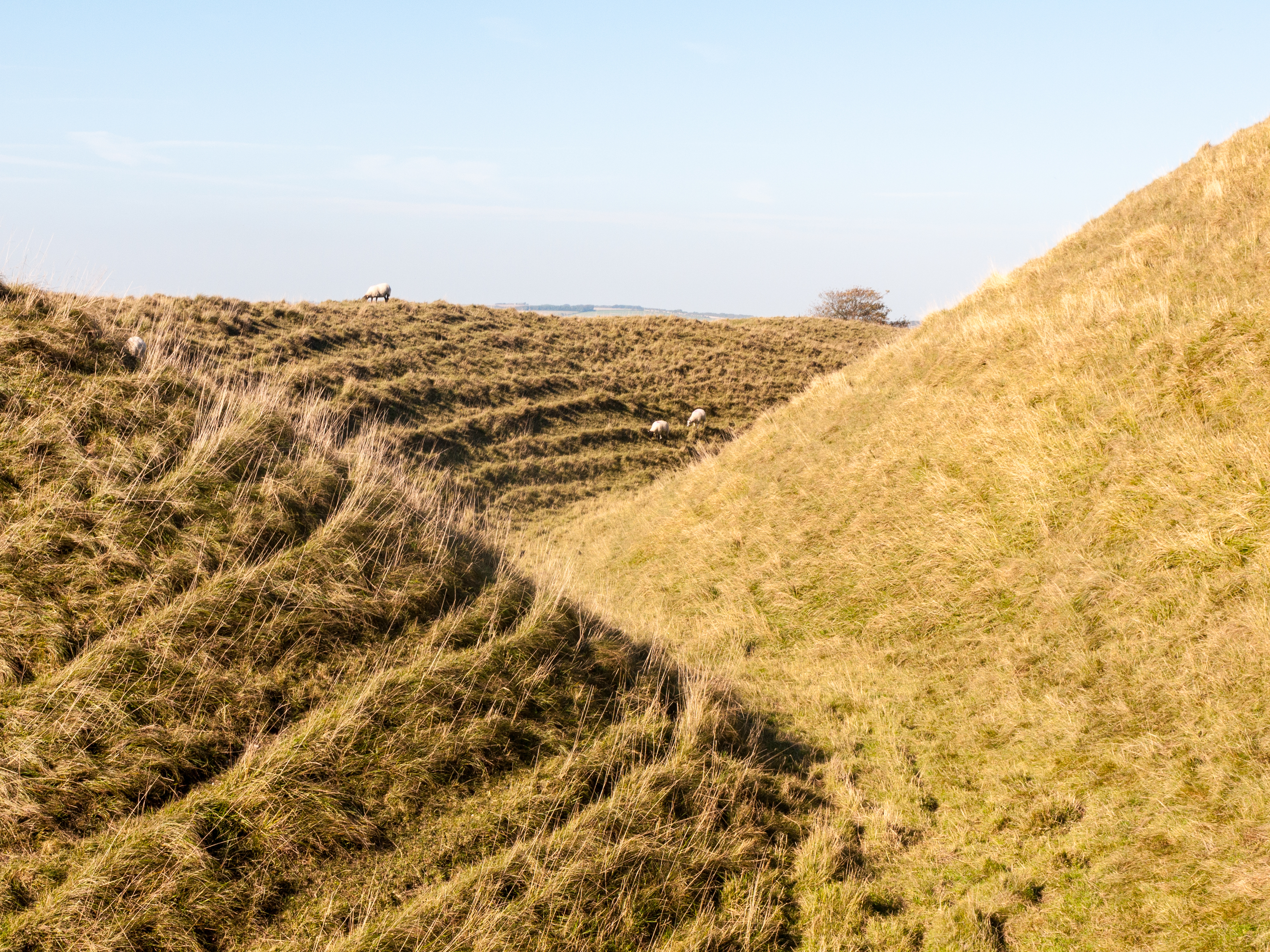
Maiden Castle, Dorset: An ancient hill fort the size of 50 football pitches
The mysterious and ancient Maiden Castle occupies a vast site in Dorset. Clive Aslet takes a look.
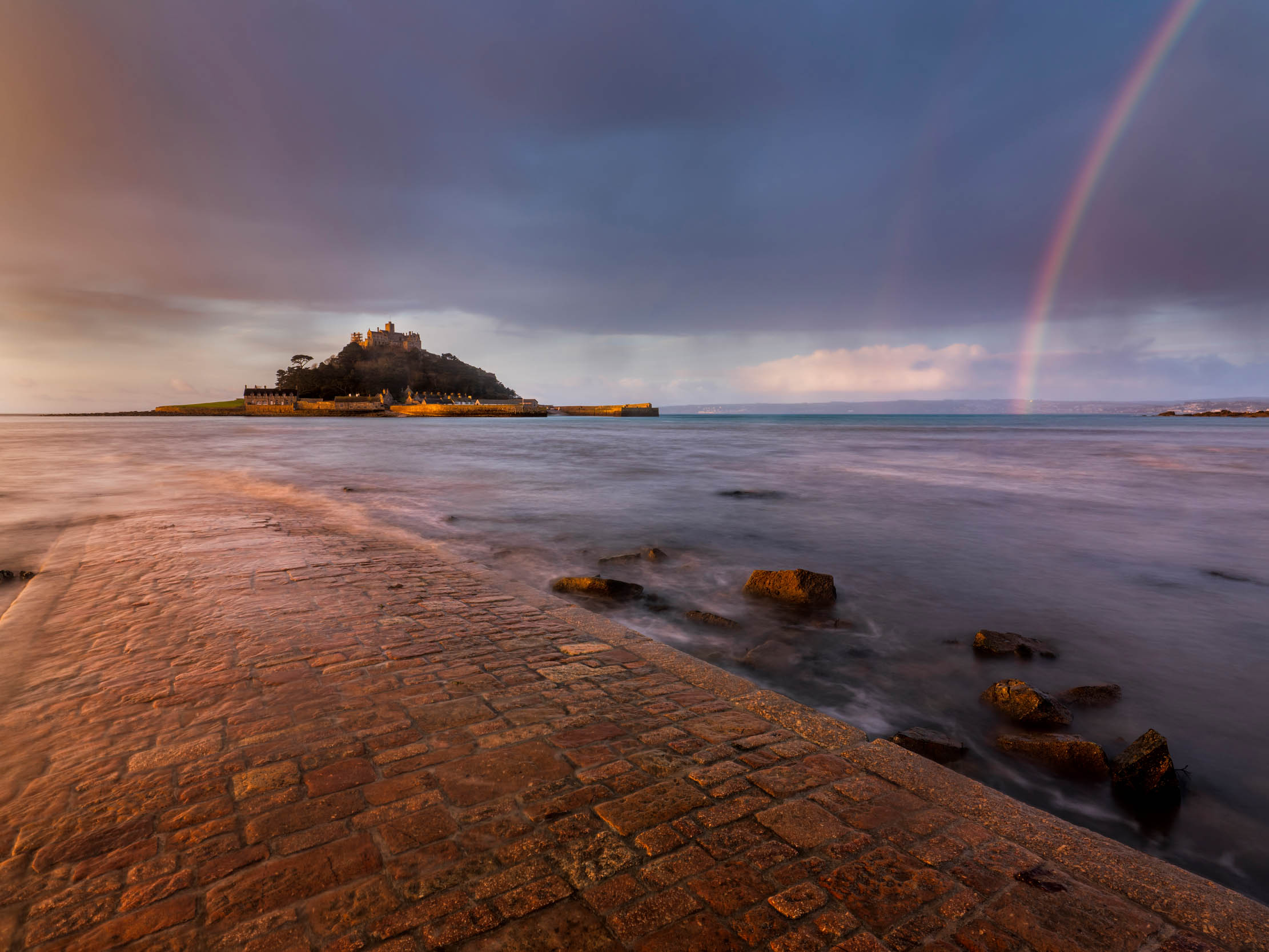
St Michael’s Mount, Cornwall: The monastery that became a castle that became a home
Few spots on the coast of Britain are as romantic and storied as St Michael's Mount in Cornwall.
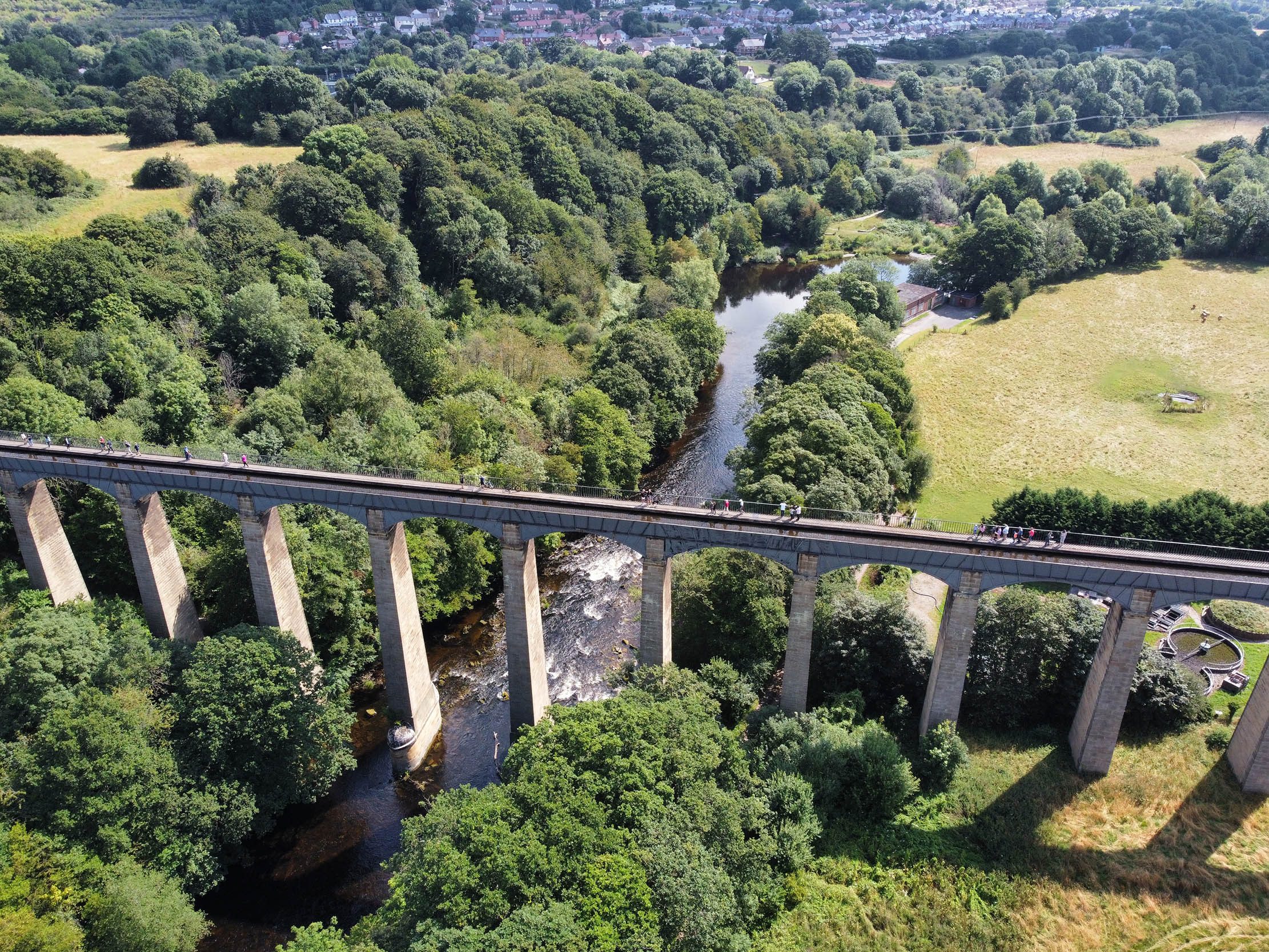
The Pontcysyllte Aqueduct: Thomas Telford's 'ribbon of water in the sky'
The magnificent Pontcysyllte Aqueduct is one of the great testaments to Industrial Revolution ingenuity — and as beautiful as it is
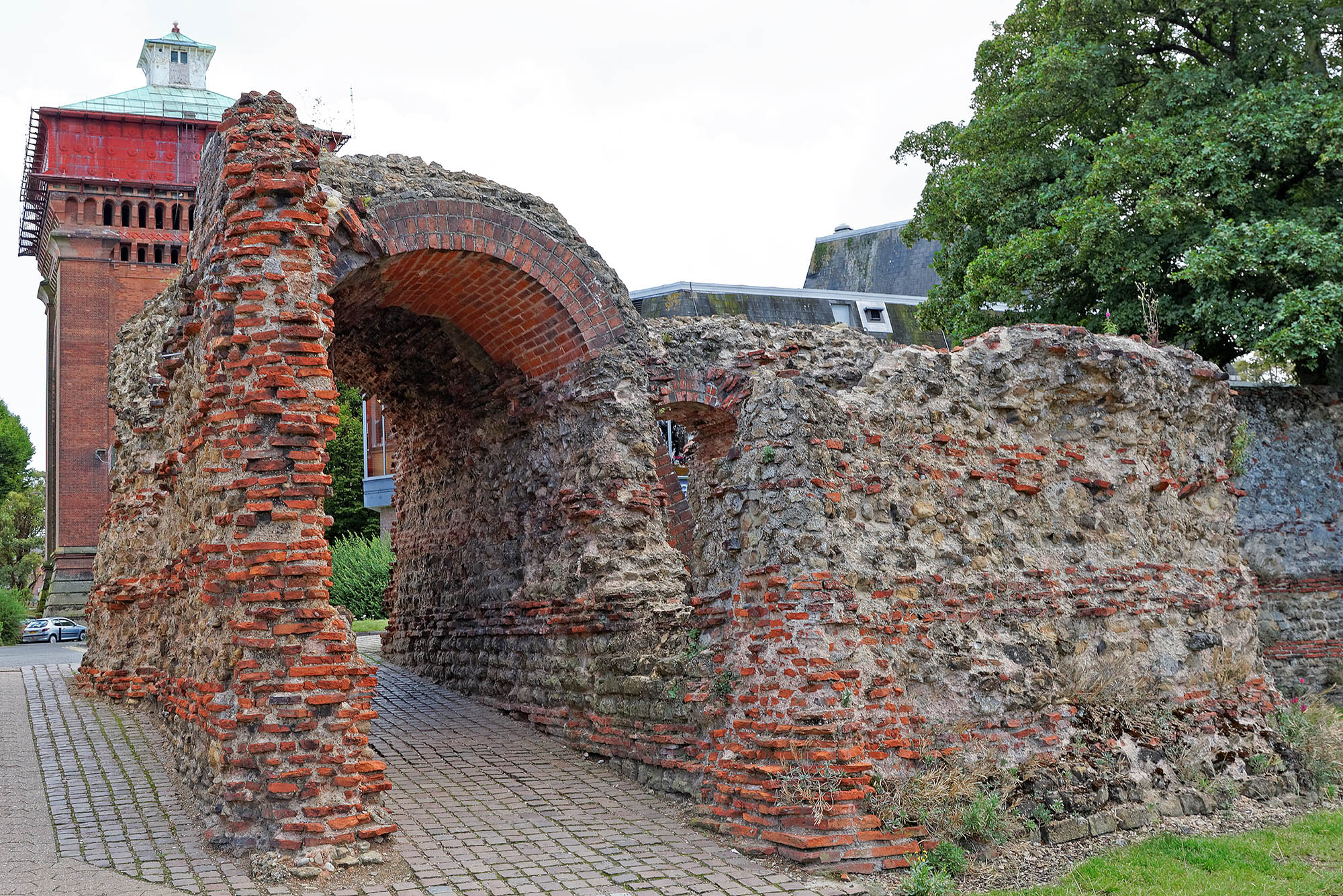
Colchester, Essex: The purpose-built capital city of Roman Britain
Clive Aslet considers the town that was one of Roman Britain's greatest cities — and even, for a while, its capital: